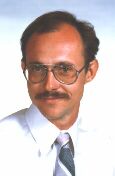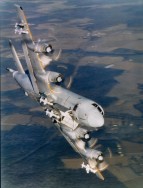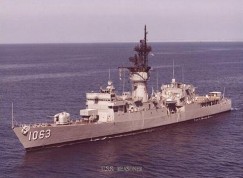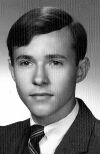|
Home
Biographical Sketch
Photography
Contact
Mike Nelson
Window
Cleaning by Jim - Erie, PA
Erie Photo Decor - Suitable for Framing
KCSM
Jazz 91 FM - Listen
Live
Bike to Work Day 2007 -
Redwood City, CA
Bike
to Work Day 2008 - Redwood City, CA
San Mateo County Bike Maps
2009
|
Biographical Sketch
The following is a brief curriculum
vitae in reverse chronological order.
1983 to 2016: Embedded
Software Engineer
In my work as an
electronics engineer I designed and built programmable hardware.
I used microprocessors, bit slice processors, and microcoded
finite state machines. Usually, there were not enough programmers
to go around, so I wrote my own design verification, diagnostic,
and device driver software to run on my programmable
hardware.
After a few years of working in industry, I
realized the limitations of my knowledge and went back to school
at Santa Clara University and
University of California
at Santa Cruz Extension to learn more about software
engineering. Since then, applications of microprocessors and
demand for code to run on them grew rapidly, and I spent
progressively more time creating software and less time designing
hardware. Now, I work almost entirely in the software domain, but
I depend heavily on my background in hardware design to program
real-time embedded systems.
Besides riding
motorcycles, I enjoy photography,
and building web sites like Window
Cleaning by Jim, Erie Photo Decor, and this one.
1978 to 1983: Electronics
Engineer
|

Photo by Oliver Yu
|
When I re-entered civilian life,
"Silicon Valley" was the place to work in
electronics, and still is today.
My first employer was Intel,
and one of my first jobs was building memory systems. Intel was then a leader in NMOS
dynamic RAM and bipolar static RAM production, and we built
large add-on memory systems for minicomputers from DEC and Data General, and
mainframes from IBM and Amdahl.
Later at Intel, I transferred to
Microcomputer Systems Division, supporting microprocessor
development systems and in-circuit emulators. I was most
impressed by the 8051 microcomputer with on-chip program and
data memories. This was truly a "system on a chip".
By that experience, I was convinced that my future was in
embedded microprocessor design.
When microprocessors were not
fast enough for an application, I used programmable logic to
build finite state machines and bit-slice processors. Finite
state machines are still my favorite software architecture,
today.
|
1972 to 1978: Electronics
Technician in the U.S. Navy
|

P-3 Orion
Anti-Submarine Warfare
Patrol Aircraft
|
In the Navy, I installed,
maintained, tested, repaired, and operated radio, navigation,
radar, electronic warfare, and digital cryptographic equipment
on P-3 Orion anti-submarine warfare patrol aircraft and the
USS Reasoner (FF-1063). Basically, I worked on every
electronic gizmo on these platforms except fire-control and
sonar equipment.
When everything was running well, I
studied electronic design by correspondence to supplement Navy
technical schools and "On the Job Training" (OJT).
|

USS Reasoner (FF-1063)
|
1968 to 1972: High School
|

|
At McDowell High School in
Millcreek, Pennsylvania, I
took every Industrial Electricity and Electronics course
available, and built my own test equipment and audio gear from
kits. One summer at the Erie
County Technical School, I learned to write COBOL programs
on a mainframe computer. I spent hours laboriously hand coding
on paper forms, keying in the code on punch cards, rewiring
the plug boards of various card sorters and
calculators.
However, what really captivated me was the
repair work when the field service engineer came to fix our
Honeywell 200.
He plugged in a portable oscilloscope, opened a
briefcase full of tools, and paged through a huge stack of
schematics and computer printouts as he probed the guts of the
machines.
|
1953 to 1967: Childhood
|

|
As a boy, I was fascinated by
electronics. I was more interested in the circuits inside of
the television set than the images displayed on the front. My
father stimulated my interest by building a shortwave radio
receiver to entertain the family on those long winter nights
in the mountains of
far northeast corner of California. Also, he bought me a
book on electricity which had a number of simple projects. I kept myself awake past
my bedtime sending Morse code with flashes of light across the
room to my brother.
I knew then I wanted to work in
electronics. I had plenty of other interests, but I always
knew the answer to the question: "What do you want to do
for a living when you grow up?" One could say I have "The
Knack."
|
|

